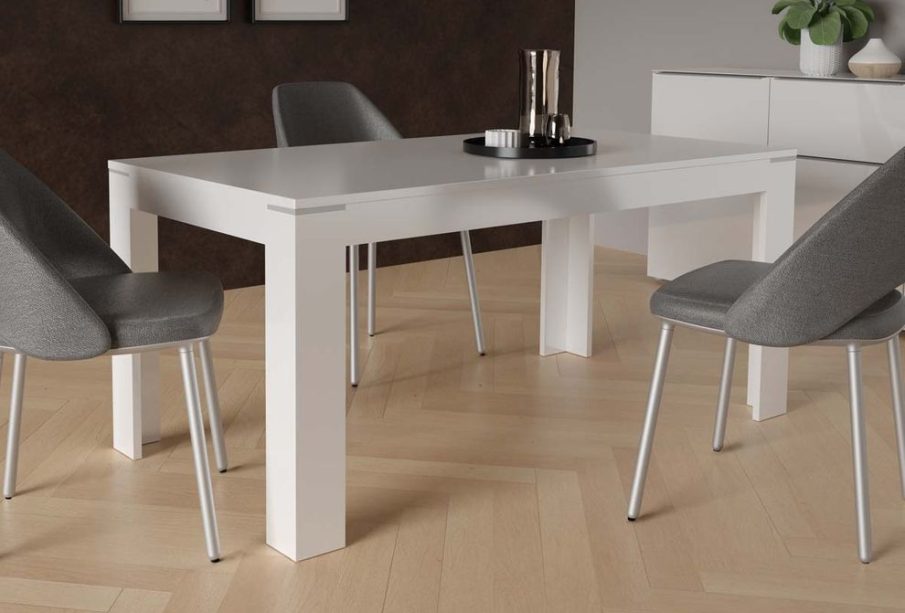The Importance of Slate in Modern Architecture

Introduction
Slate, a fine-grained metamorphic rock, has long been admired not just for its beauty but also for its durability and versatility in architecture. As a natural stone, slate is increasingly relevant in modern building practices, offering sustainable design options while enhancing aesthetic appeal. This article explores why slate remains a significant material in contemporary architecture and construction.
Durability and Sustainability
One of the key advantages of slate is its exceptional durability. This natural stone can withstand harsh weather conditions, making it ideal for roofing, flooring, and outdoor applications. Its longevity reduces the need for frequent repairs or replacements, aligning with sustainable building practices. According to the UK Green Building Council, using durable materials like slate contributes to a building’s overall environmental performance by minimising resource consumption over its lifecycle.
Aesthetic Appeal
In addition to its practical benefits, slate offers striking visual qualities. Available in a range of colours from rich blacks and greys to vibrant greens and purples, slate can enhance the design of various architectural styles. Recently, architects have used slate to create striking facades and interior spaces, blending traditional charm with contemporary design. Notable projects include the Slate House in Pembrokeshire, which showcases slate cladding that harmonises with its natural surroundings.
Recent Developments and Uses
Recent trends in architecture have seen a resurgence in the use of slate due to its aesthetic versatility and environmental benefits. Innovations in quarrying and processing technologies have made slate more accessible and cost-effective for builders. Slate is now being utilised not only in traditional roofing but also in the production of energy-efficient bricks, tiles, and countertops. Furthermore, as architects and designers increasingly focus on sustainability, the demand for local materials like slate has increased, boosting economies in slating areas.
Conclusion
Slate is more than just a decorative stone; it represents a blend of beauty, durability, and sustainability. As the architectural community continues to embrace eco-friendly practices, slate’s importance is expected to grow, pushing the boundaries of how this ancient material can be used in modern design. For readers, understanding the value of slate in contemporary architecture can inform choices for eco-conscious building projects, ensuring that beauty and functionality come together in a sustainable way.







